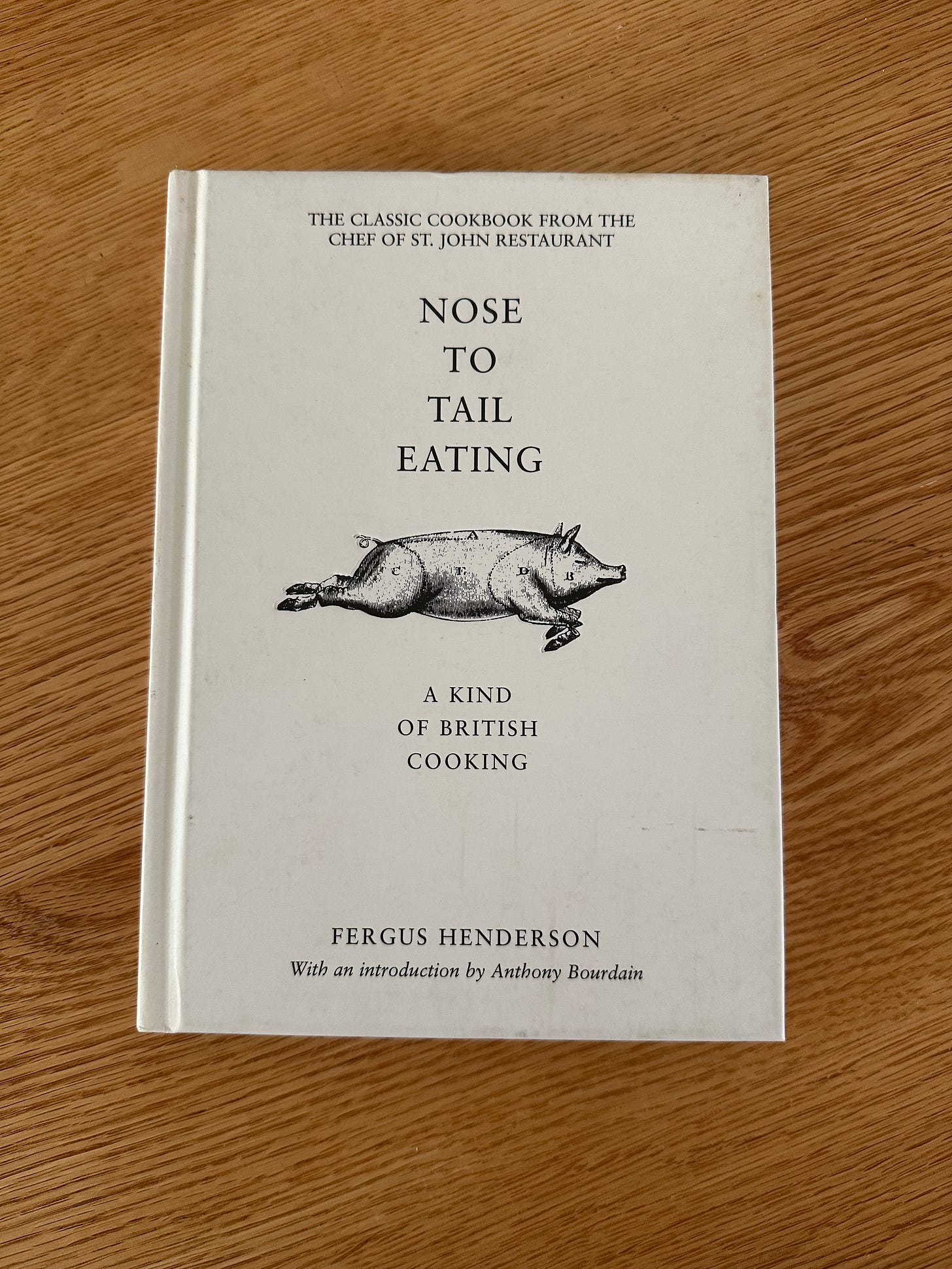How to Buy (Good) Meat
Confusing and intentionally misleading labeling is just one of the barriers to finding conscientiously-raised meat. Here’s some guidance.
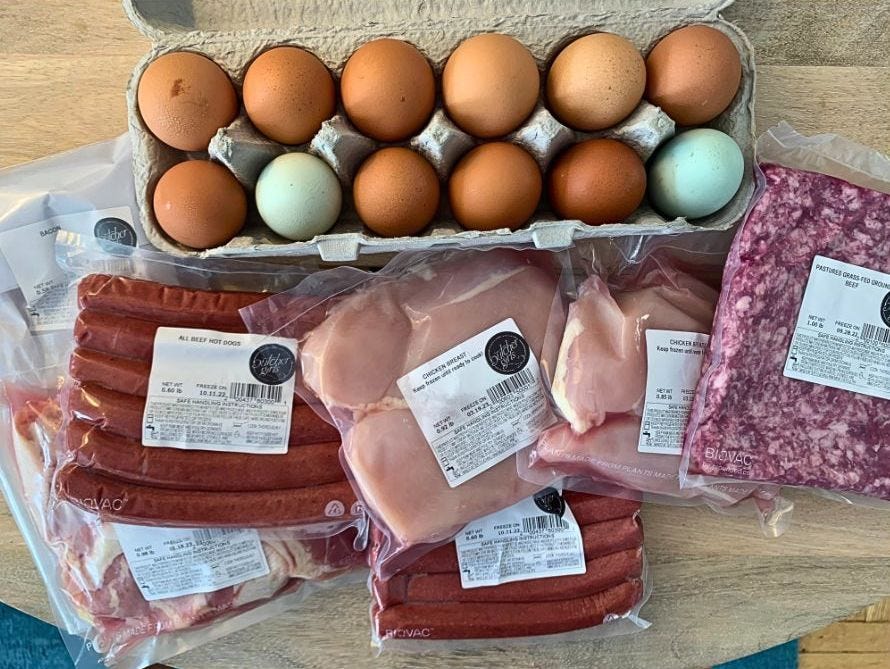
Hi! We actually do not live on Substack anymore, but will occasionally be posting here to remind you to visit us at our new home. You can sign up for a membership, or a free subscription, here.
The butcher around the corner from our apartment has a sign that reads “fresh poultry.” I saw “high quality” on a package of meat the other day. “Grass-fed” and “free-range” are everywhere. I’m not the first person to wonder: When it comes to the meat we consume, isn’t it time that we evolve past arbitrary language that means nothing?
How are we supposed to know how to buy conscientiously raised meat?
How are we supposed to know how to buy conscientiously raised meat? Why are so few people talking about it in an accessible way? Google it and you’ll find a bunch of articles quoting chefs talking about nose-to-tail. It feels daunting and insurmountable, and it doesn’t have to. We have to continue the discussion, and I decided to give it a shot.
In June of 2020, Nick, Holden, and I moved in with my dad and Kathleen at Glynwood, taking full advantage of the luck of having family in an idyllic spot — a literal farm. During the six weeks we stayed with them, Mark cooked the majority of the meals, sometimes even three a day. Of course anything you eat directly off a farm is better-tasting than everyday grocery store fare, but the quality and flavor of the meat raised at Glynwood was meaningfully eye-opening. Up until then, Nick and I had been buying meat at Whole Foods. Which is… fine. But after I ate exclusively farm-raised (yes, literally) meat, I didn’t see how we could go back.
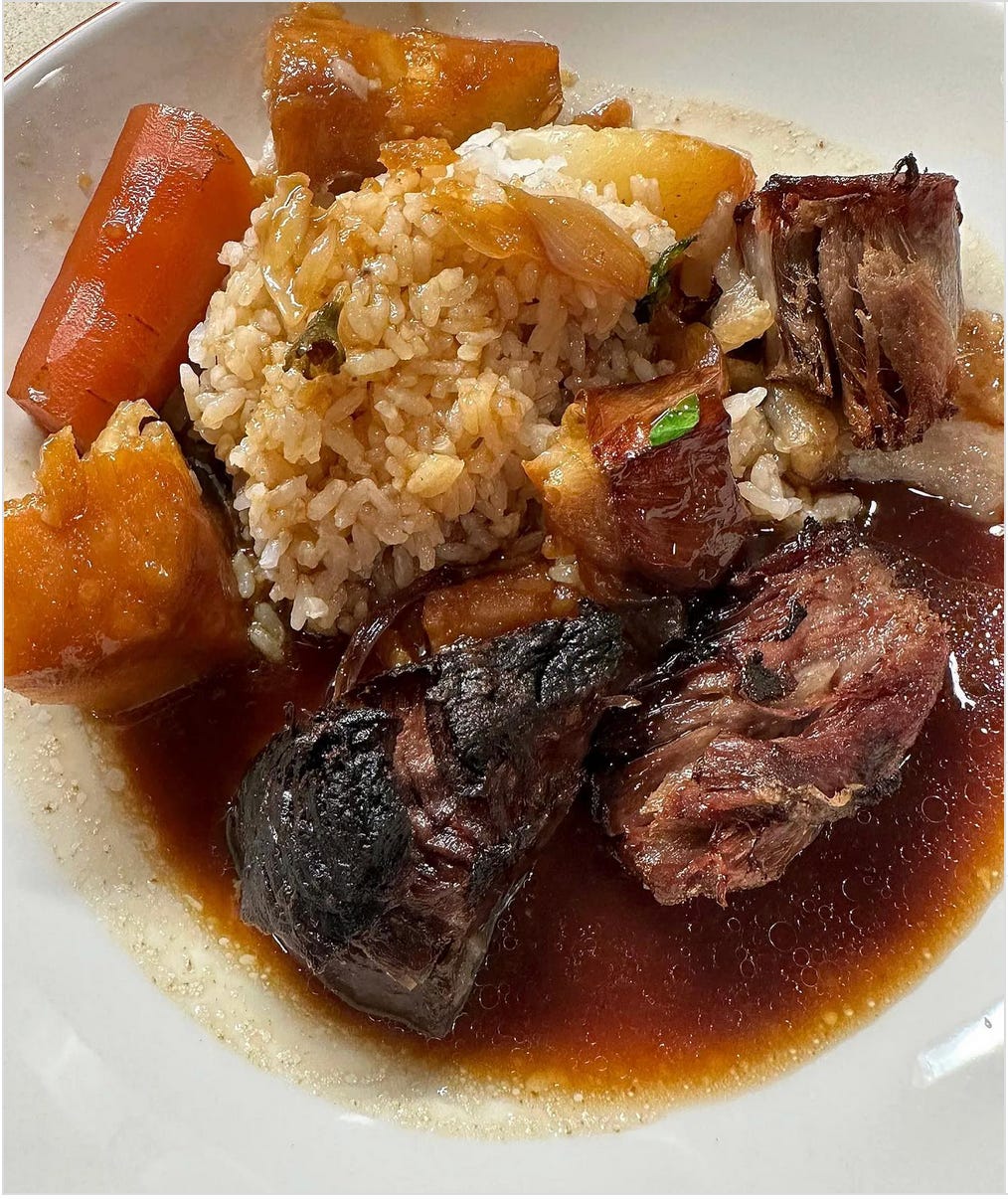
These are the fundamentals: They’re obvious, for sure, but they’re also true: Patronize good purveyors, be open to different cuts, and generally buy and eat less meat.
Since then — almost four years now! — I’ve not bought meat from the grocery store, with two exceptions: hot dogs, because Holden doesn’t like fancy hot dogs, and chicken nuggets, because he’s eight. As a result, we eat a lot less meat. Because better meat, in general, can be harder to get and more expensive. There is a way to do it, but I was confused about how. So I chatted with some people who know the ins and outs of good meat.
These are the fundamentals: They’re obvious, for sure, but they’re also true: Patronize good purveyors, be open to different cuts, and generally buy and eat less meat.
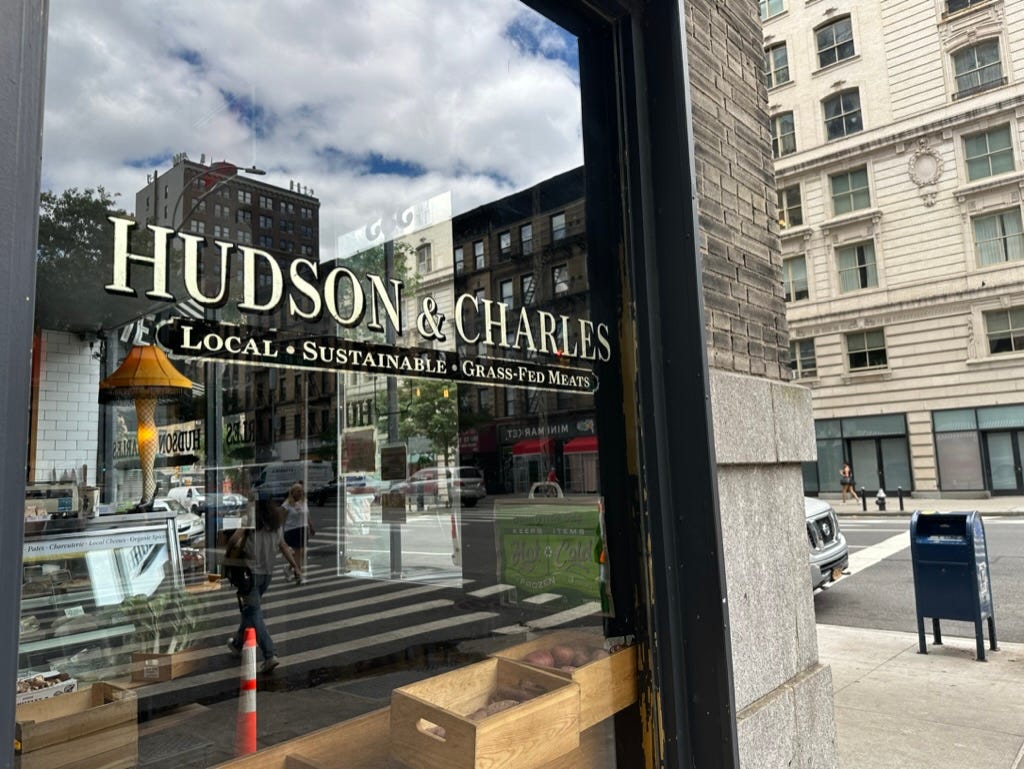
Jocelyn Guest owns Butcher Girls, a mail order butcher shop, with her wife, Erika Nakamura (who, incidentally, grew up an animal rights vegetarian). “Erika and I both are staunch advocates for meat as a condiment or on the side, as flavor, that kind of thing,” says Guest. This is a common and smart bit of advice: Use meat as a condiment.
If a cow doesn’t eat corn, it can technically be called “grass fed,” and many consumers will think it’s a great product — yet that cow can still be standing in its own waste, with no access to pasture.
Between the two of them, Guest and Nakamura have been whole animal butchers — utilizing the entire animal for meat, letting nothing go to waste — for more than 20 years. When I mentioned my scorn for terms like “fresh poultry,” Guest told me that one issue with shopping for meat is that so much of the branding and labeling of what was once an effort on the part of small farmers and small distributors to bring good meat to people has been sideswiped by branding from Big Ag. For instance: If a cow doesn’t eat corn, it can technically be called “grass fed,” and many consumers will think it’s a great product — yet that cow can still be standing in its own waste, with no access to pasture. The same goes for “cage-free”: A chicken out of its cage doesn’t mean it’s not crowded in with a million other chickens in a tiny barn with a tiny patch of sunlight.
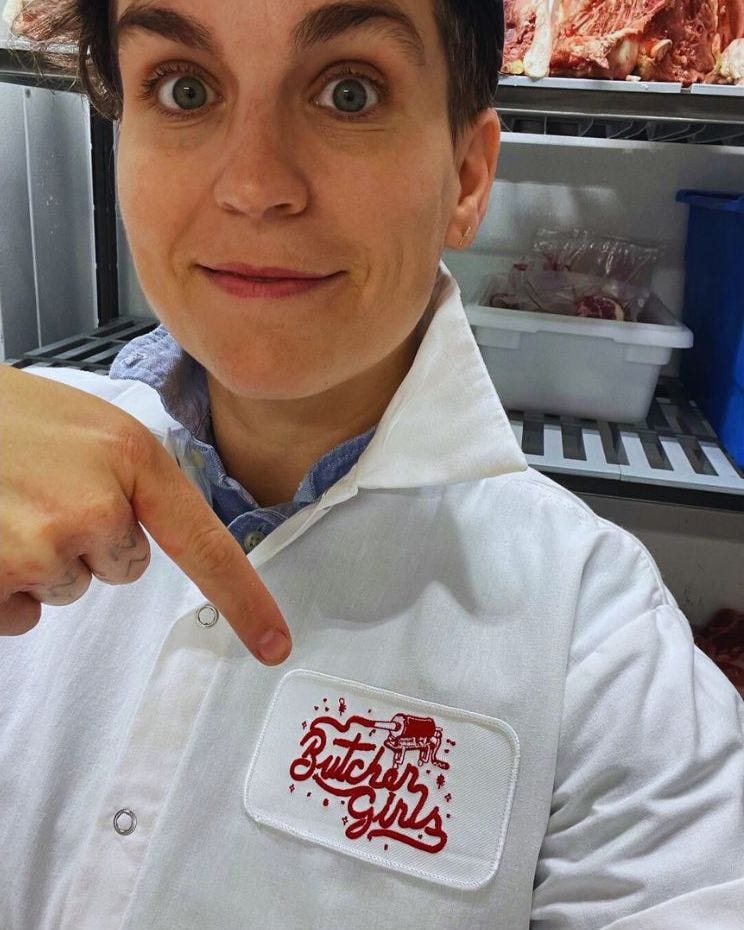
The challenge, says Mike Salguero, the founder and CEO of online meat delivery company ButcherBox, is that grocery stores see the demand for “grass-fed beef,” so they may slap that label on their product while ignoring quality. “It’s more confusing now than it was even a few years ago,” Salguero told me. Adds Guest, “It shouldn’t be the consumer’s responsibility to have to do so much fact-finding to eat good meat, and that really bums me out.”
So how are we supposed to decipher labels? First and foremost, look at animal welfare certification. The two big ones are Global Animal Partnership — G.A.P. — Certification and Certified Humane. Both are third-party companies that will come and audit the farm, the treatment of the animals, and the transportation of animals from the farm to the processing facility. You can’t get either of these seals without meeting a very specific standard of animal welfare.
Although you do want grass-fed as opposed to not, you should also look for the word “pastured.” (If a cow is grass-fed and pasture-raised, they’re out on open pasture eating grass.) AWA (Animal Welfare Approved) is another important independent farm certification program with a strict list of standards (for example, animals are required to be on pasture or range.)

Guest also mentioned that seeing “regenerative agriculture” on packaging is great; it implies that the farmer raising the animals is raising them in a cyclical way — rotational grazing, cover cropping, and minimal till — which contributes positively to the environment and helps combat climate change. It’s important to note, though, that you can think about regenerative agriculture labeling the way you’d think about “certified organic” vs. “organic” — which isn’t certified but implies that you're following organic protocols. The aforementioned Kathleen Finlay, Mark’s partner and the president of Glynwood, told me that with regenerative agriculture, there’s a “small r” and a “big R,” as in there is a regenerative agriculture certification, but very few farms are certified: “It's too nascent, and it's really for huge farms.”
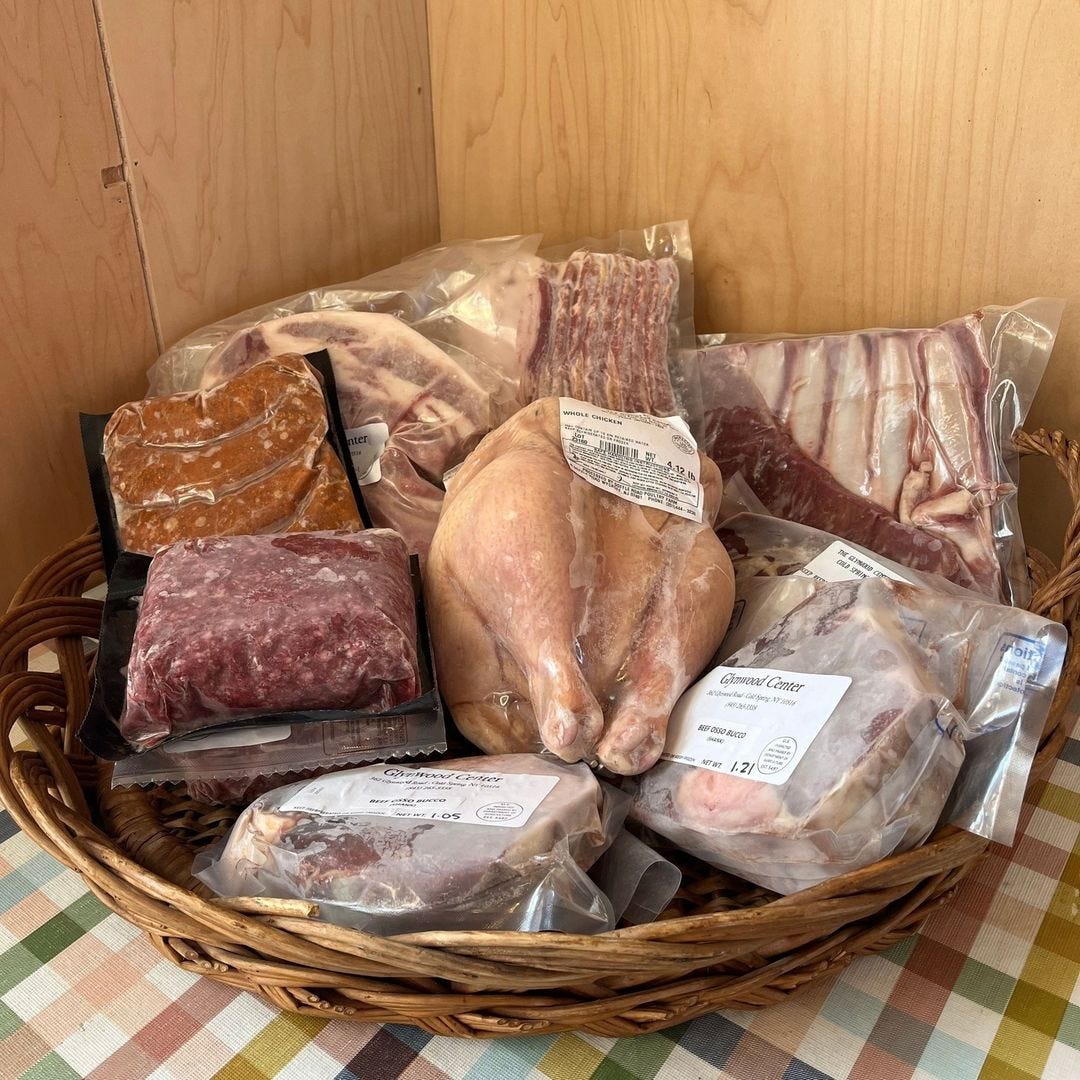
“At Glynwood, we say one hundred percent pasture-raised,” Finlay says. “One hundred percent grass-fed is also a label, but the cows can still be confined.” (The below video is a grazing Glynwood cow.)
Until people can make more money by doing the right thing, they probably won’t.
Okay, so what’s so difficult? Sadly, third-party certifications like G.A.P. and AWA are voluntary audits by the USDA that farmers can opt into, and, Guest says, they’re “kind of the bad business decision” — the industrial meat lobby makes it virtually impossible for the government to incentivize doing animal production right. “Until that changes, doing things the right way is actually not great for business,” Guest adds. “Which sucks.” Put simply: Until people can make more money by doing the right thing, they probably won’t. (And it’s pricey to get these certifications, making it all but impossible for many small farmers.) Same goes for regenerative agriculture certification, especially because there’s not as much of a market for it as there is for the others (yet), so, again, not a ton of incentive.

Gregory Brockman, of Prospect Butcher Co., a whole animal butcher in Brooklyn, says the best way for you to get good meat is to find a butcher you trust. (This is the old “Know Your Farmer, Know Your Food,” and it holds true for butchers, fishmongers, produce sellers.) Search for butchers in your area and know what questions to ask them. Even better – obviously this isn’t possible for everyone – is getting as close to the source as possible; Brockman suggests calling around to reputable farms in your area to see what they can sell you. “I have friends order a quarter cow from a farm,” Guest says, “which is not as much as you think it’s going to be.” In other words: Stick with the small guys. “When you find a doctor for your kid, you don’t just google things — you go find a pediatrician that you really trust.”
“It’s not so much about the specifics of the meat, but about the overall philosophy of the farm.”
Finlay says consumers should ask a couple questions of whomever is retailing. “It’s not so much about the specifics of the meat, but about the overall philosophy of the farm,” which should be fairly easy to gauge. “People are so black and white about it: it’s either eat meat or don’t eat meat; they don’t realize there’s a whole spectrum involved.”
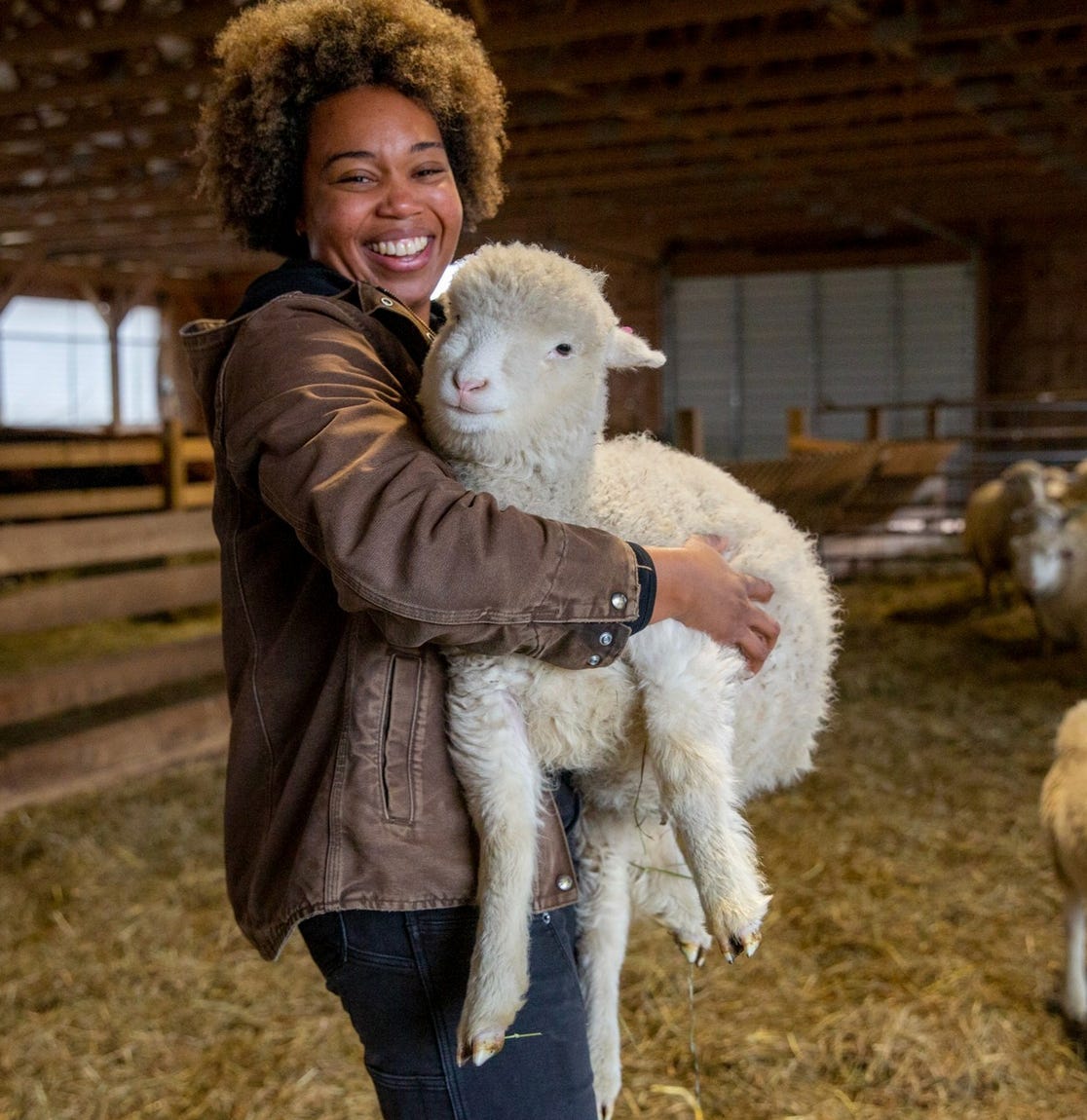
Then there’s the cut. I love a hanger steak — it’s my favorite cut. But a while back, I was talking to Ned Baldwin, the chef at Houseman, and he informed me that they don’t have hanger on the menu very often because you only get one hanger steak per cow. This blew my mind. Wouldn’t you immediately wonder where the rest of the cow is going? Which brings me to this: Eating burgers is much more sustainable than having a steak dinner. Even better, Guest — who treats herself to maybe one ribeye a year — says, take a page out of Mark’s book, like what she does when she makes her red sauce with half ground beef, half chopped up mushrooms. This boils down, again, to eating less meat, and buying the cuts (especially ground meat) of which there is the most. (Not coincidentally, it’s also usually the cheapest.)
Buying creatively is a big deal. “Eat the weird stuff, eat the good stuff, don’t eat a lot of stuff.”
Buying creatively is a big deal. “Eat the weird stuff, eat the good stuff, don’t eat a lot of stuff,” says Guest. Be willing to try cuts that may seem weird to you, cuts “that maybe aren’t the pretty, shiny thing,” and put a little more work into it at home — an Instant Pot will serve you well. “I braise really tough meat a lot of the time and then I’ll slice it and use it in a stir fry after it’s been cooked, just to crisp it up,” says Guest. “Complete that whole animal circuit: buy the bones and make your own stock; learn to love beef tongue, which is low key the best thing on a whole cow anyway.” (Guest loves beef tongue tacos.)
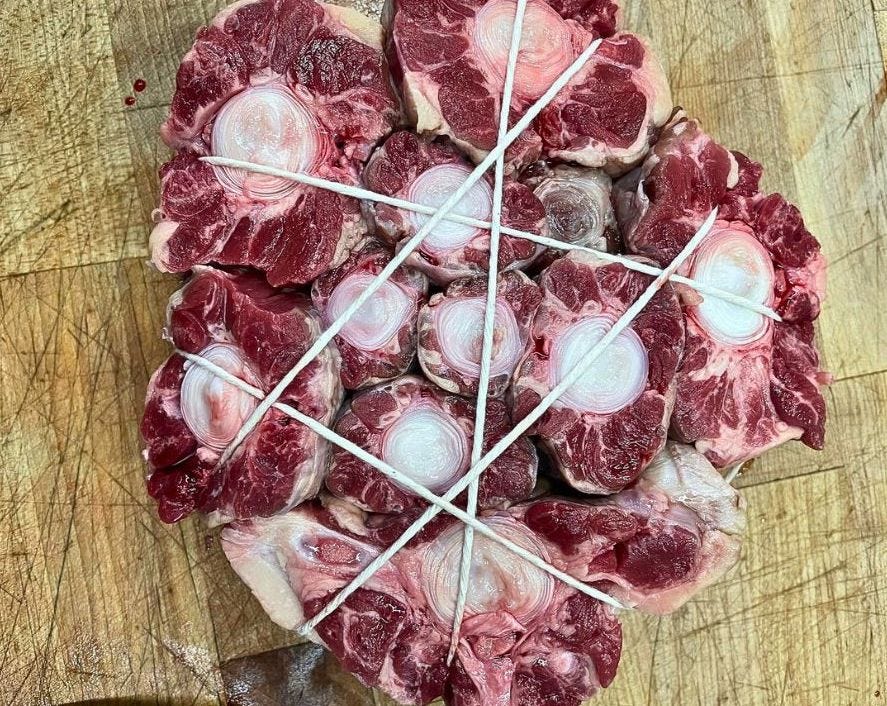
Yes: Even if you have a good butcher, or a good farm, two other things come into play. Time and money. Better meat will be more expensive than basic grocery store meat, and it’s an amount that matters to many of us, as is the time that it can take to get to a local farm or good butcher when the grocery store is much closer. Accessibility remains an issue, and will likely remain an issue in a country that can barely keep baby formula on its grocery store shelves and can charge $10 for a box of cereal.
“I think that choosing to not eat meat if you can’t get something good is the best practice. But it’s such a gross privilege to be able to afford it.”
“I think that choosing to not eat meat if you can’t get something good is the best practice,” says Guest. “But we also have to keep in mind that it’s such a gross privilege to be able to afford it. If I didn’t work in this industry, I definitely couldn’t eat really beautiful protein all the time. And I think that’s true for a lot of people, but until people who can afford it can make it their main practice, so that it becomes more prevalent — if all the rich people are buying really well-sourced ribeyes — then maybe we can have more affordable beautiful ground beef on the shelf.” And, Guest is hesitant to say — since the dining industry has been hit hard over the last few years — “Until restaurants also commit to putting good meat on their menus, I think the dial isn’t really gonna move.”
Exclusively for paid members, here are a few of our best less-meat recipes to get you going. Ready to support our quest for some of the best recipes and independent food journalism out there? Join us today!
Beans "Bolognese" – The combo (think homemade sloppy joes with beans) is incredibly versatile: You can toss it with pasta, spoon it over thick toasted bread or a mound of rice, or serve it with nothing other than a spoon.
Rice Casserole with Escarole and Little Meatballs – This garlicky baked rice dish features polpetti, those light, cheesy Italian meatballs.
Pasta with Smashed Peas, Prosciutto, and Scallions – Roughly mashing the peas with some of the cooking water gives you a rich and rustic sauce that clings nicely to the pasta.
Pared-Down Paella with Peas, Clams, and Chorizo – This easy paella is perfect when you don’t want to use the oven.
One-Pot Pasta with Zucchini and Chicken – Cut pasta, like ziti or penne, is an ideal ingredient in braised dishes: It releases starch, which thickens the sauce, and, of course, the noodles themselves provide a satisfying chew.
Crisp and Spicy Roasted Chickpeas with Lamb – Using a hot oven and a pan with a lot of surface area guarantees that the chickpeas and spiced meat will get so crisp that they almost crunch. Serve with pitas and sliced ripe tomatoes and cucumbers.
Sweet Potato, Ginger, and Chicken Teriyaki Skewers – Roasting small pieces of sweet potatoes brings out their natural sweetness in an irresistible way. Add something else to the skewers—a bit of chicken and a sweet-and-salty teriyaki glaze, for example—and the results are wonderful.




